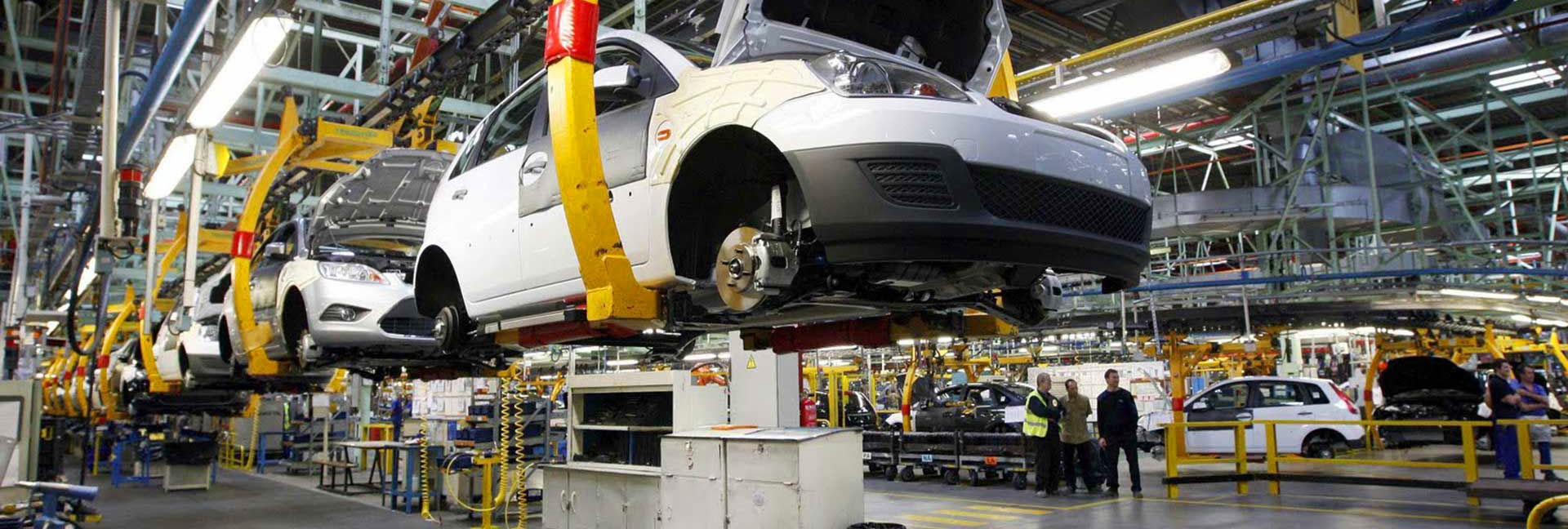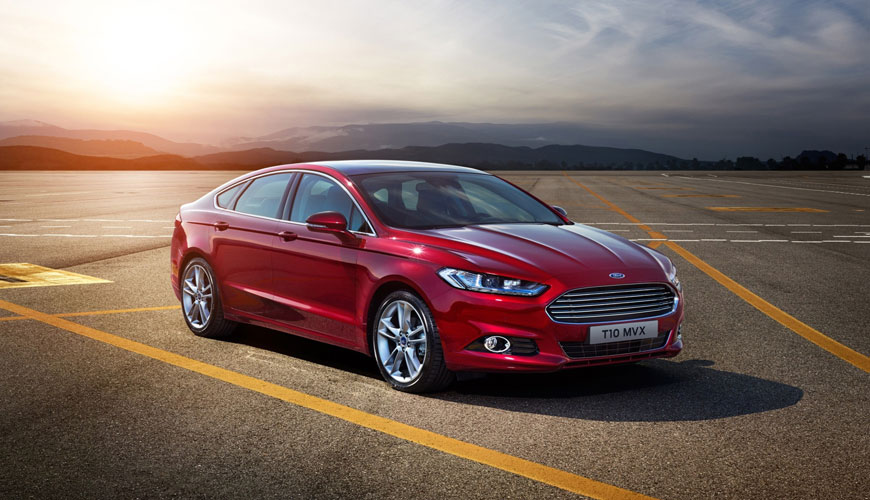

EUROLAB, with its state-of-the-art accredited laboratories and expert team, provides precise and fast testing services within the scope of FORD WSS-M5P8-C1 testing. The FORD WSS-M5P8-C1 standard, developed by Ford Motor Company (FORD), describes performance requirements for interior lighting metallized or painted surfaces of reflective or decorative components.

The metallization coating system involves vapor deposition of metal in a vacuum or sputtering, with a respective base coat and top coat as needed. This standard is intended to be used together with the "FORD WSS-M99P1111-A Standard requirements for production materials" standard.
Metallization is the process of depositing a thin film of aluminum under vacuum conditions, which allows to coat all kinds of materials to improve the surface properties of the resist, with excellent aesthetic results.
Because metal coating will magnify any surface imperfections, the substrate must be smooth, even and unblemished to ensure perfect adhesion of the metal before going into the vacuum coating process.
Many applications are decorative, but a metal coating substrate can extend the life of a product because of the protection it offers. Metal coating can reduce static electricity, make a part more reflective, and increase conductivity. In the automotive world, chrome spraying has proven to be more durable, ecological and lighter than chrome plating. Studies have shown that chrome spraying can increase the life of an unprotected product tenfold.
Metallization is a chemical-free process using nanotechnology and is considered ecological. The nanotechnology used in vacuum coating allows the coating agent to be applied on a scale as small as billionths of a meter, molecules and atoms. This pollution-free manufacturing technology generates negligible waste and uses minimal energy to produce products that are incredibly light, economical, strong and durable.
In general, vacuum metallization uses aluminum wire, tungsten filaments, electricity, a water-cooled circulation system, and possibly a plasma polymer depending on the configuration of the machine. Vacuum blasting uses many metals and alloys in the form of rods: chrome, titanium, brass, copper, aluminum, gold, stainless steel, silicon, tin, tungsten, zinc, etc.
Among the numerous test, measurement, analysis and evaluation studies it provides for businesses in various sectors, our organization also provides interior lighting metallization or paint test services for plastic surfaces of vehicles, within the scope of Ford WSS-M5P8-C1 standard, with its trained and expert staff and advanced technological equipment. gives.
To get an appointment, to get more detailed information or to request an evaluation, you can ask us to fill in our form and reach you.